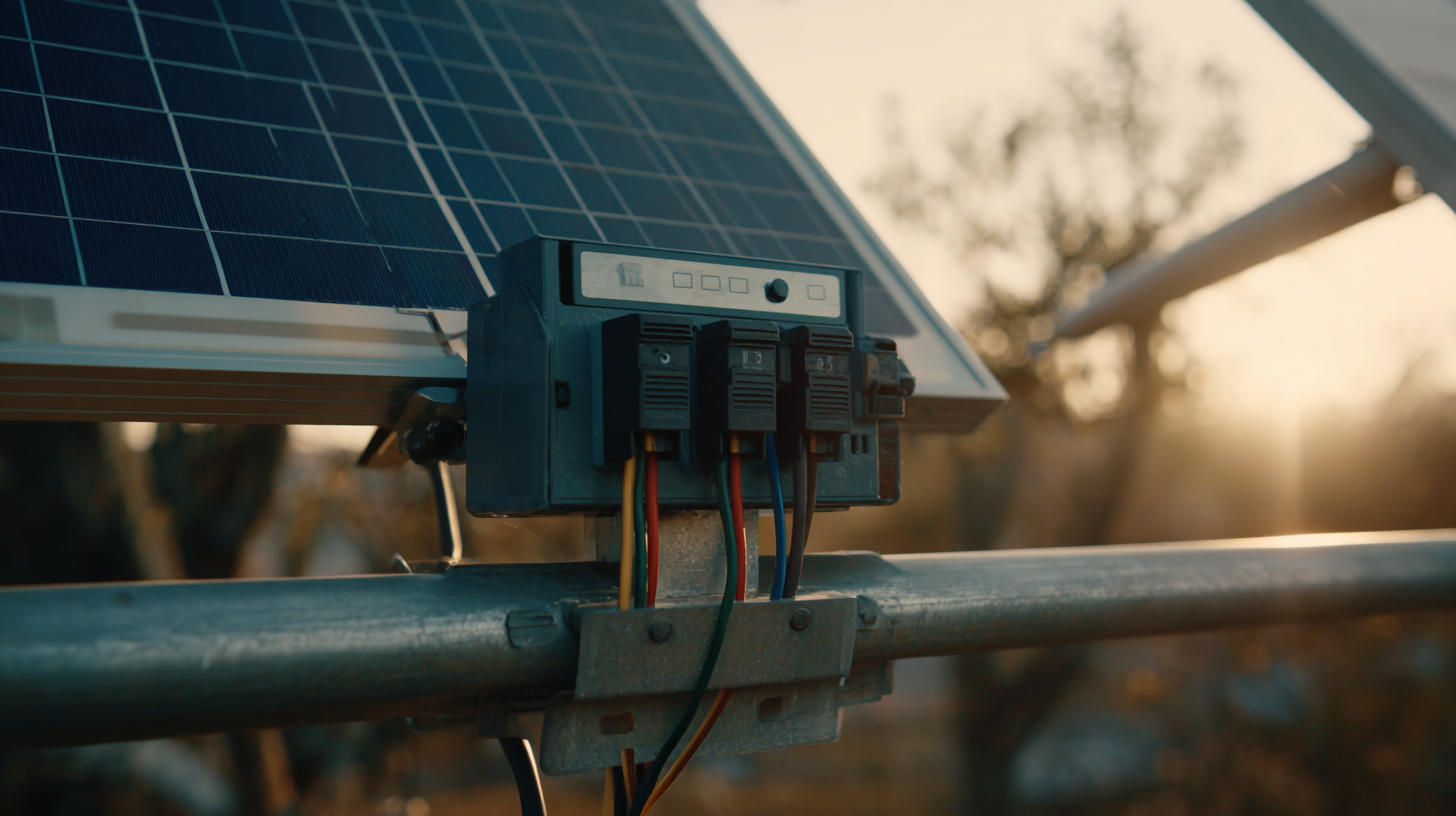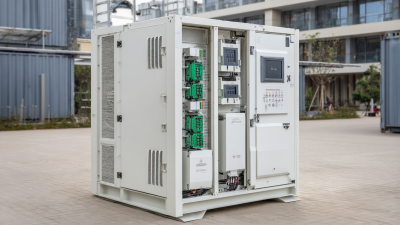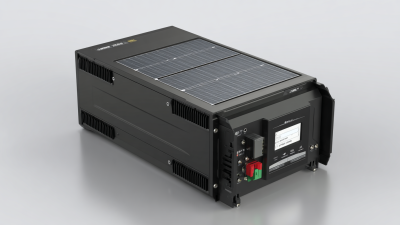
In an era where renewable energy sources are becoming increasingly vital for sustainable development, solar energy stands out as a leading contender. A key component in the efficient utilization of solar power is the Solar Voltage Regulator, which plays a crucial role in managing and stabilizing the voltage output from solar panels. According to a report by the International Renewable Energy Agency, the global capacity of solar photovoltaic systems reached over 850 GW in 2020, with a projected annual growth of 20% in the coming years. This increase underscores the importance of choosing the right Solar Voltage Regulator to ensure optimal performance and longevity of solar systems. Selecting a suitable regulator not only maximizes energy efficiency but also protects the integrity of connected devices, ultimately contributing to a more reliable and sustainable energy future.
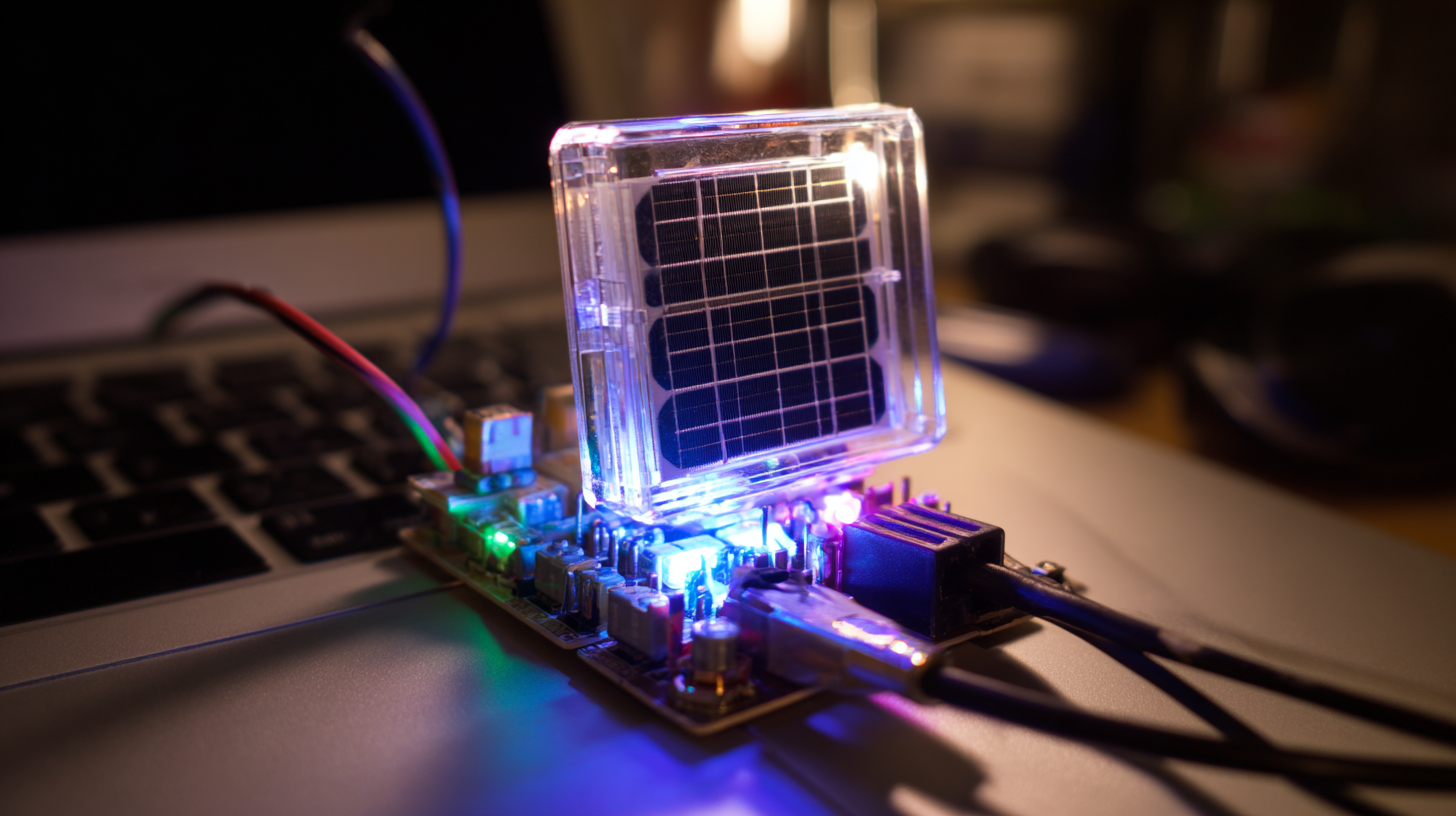
Solar voltage regulators play a crucial role in harnessing the full potential of solar energy systems. They ensure that the voltage output from solar panels matches the requirements of the connected batteries or devices, optimizing performance and longevity. By preventing overcharge and maintaining a stable output, these regulators protect your equipment from potential damage, making their selection imperative for any solar setup.
When choosing a solar voltage regulator, consider the type of battery you are using. Different batteries, such as lead-acid or lithium-ion, require specific charging profiles to maximize their lifespan. Ensure that the regulator you select is compatible with your battery type and can provide the appropriate voltage and current levels.
**Tip:** Always check the amp rating of the solar voltage regulator. It should exceed the maximum output of your solar panel to handle fluctuations effectively.
Another important factor is the efficiency of the regulator, as it directly affects the overall performance of your solar energy system. Higher efficiency regulators minimize energy loss and reduce heat generation, which can enhance the reliability of your setup.
**Tip:** Look for features like MPPT (Maximum Power Point Tracking) technology, which can significantly boost energy harvest from your solar panels, especially in variable weather conditions.
When selecting a solar voltage regulator, understanding the differences between Pulse Width Modulation (PWM) and Maximum Power Point Tracking (MPPT) technology is essential. PWM controllers are generally simpler and less expensive. They work by adjusting the width of the voltage pulses to maintain an efficient charging state for the battery. This method is effective under certain conditions, especially when the photovoltaic (PV) panel output matches the battery voltage. However, PWM systems might not be the best choice for setups with significant voltage variances between the solar panels and batteries.
On the other hand, MPPT technology offers a more sophisticated solution by optimizing the power output from solar panels regardless of voltage differences. MPPT controllers adjust their operation to ensure that the maximum amount of energy is harvested from the solar arrays. They can convert excess voltage into additional current, which allows for more efficient energy storage, particularly in cases where the solar panel voltage is higher than that of the battery. This makes MPPT regulators an ideal choice for larger systems or those installed in variable weather conditions, where solar irradiance fluctuates. Understanding these two technologies will help you make an informed decision tailored to your unique energy needs.
| Type | Working Principle | Efficiency | Best Use Case | Cost Range |
|---|---|---|---|---|
| PWM (Pulse Width Modulation) | Adjusts the width of the pulses to control voltage | 70-90% | Small solar systems with low power consumption | $20 - $100 |
| MPPT (Maximum Power Point Tracking) | Continuously adjusts to extract maximum power | 90-98% | Larger solar systems with variable loads | $100 - $500 |
| Solar Charge Controllers | Regulates voltage and current to battery | Varies based on type | For battery-based systems | $30 - $300 |
| Buck Converter | Steps down voltage to desired level | 85-95% | Systems requiring a lower voltage | $10 - $150 |
When it comes to selecting the right solar voltage regulator, understanding your energy needs is paramount. The first step in this process is to accurately assess the total wattage of the devices you plan to power. Start by listing each device's wattage and estimating how many hours it will be used daily. This calculation will provide you with an idea of your overall energy consumption, expressed in watt-hours. By knowing your daily energy needs, you can confidently choose a solar voltage regulator that accommodates your requirements.
Next, consider the capacity of your solar panels and battery system. The solar voltage regulator must be able to handle the input from your panels while preventing overcharging and damage to your batteries. Calculate the total output of your solar array and compare it to your watt-hour needs. This is crucial for ensuring optimal performance; selecting a regulator with suitable amperage and voltage ratings will ensure that your systems operate efficiently and reliably. By combining these assessments, you can select a solar voltage regulator that not only meets but exceeds your energy demands, paving the way for sustainable and efficient energy use.
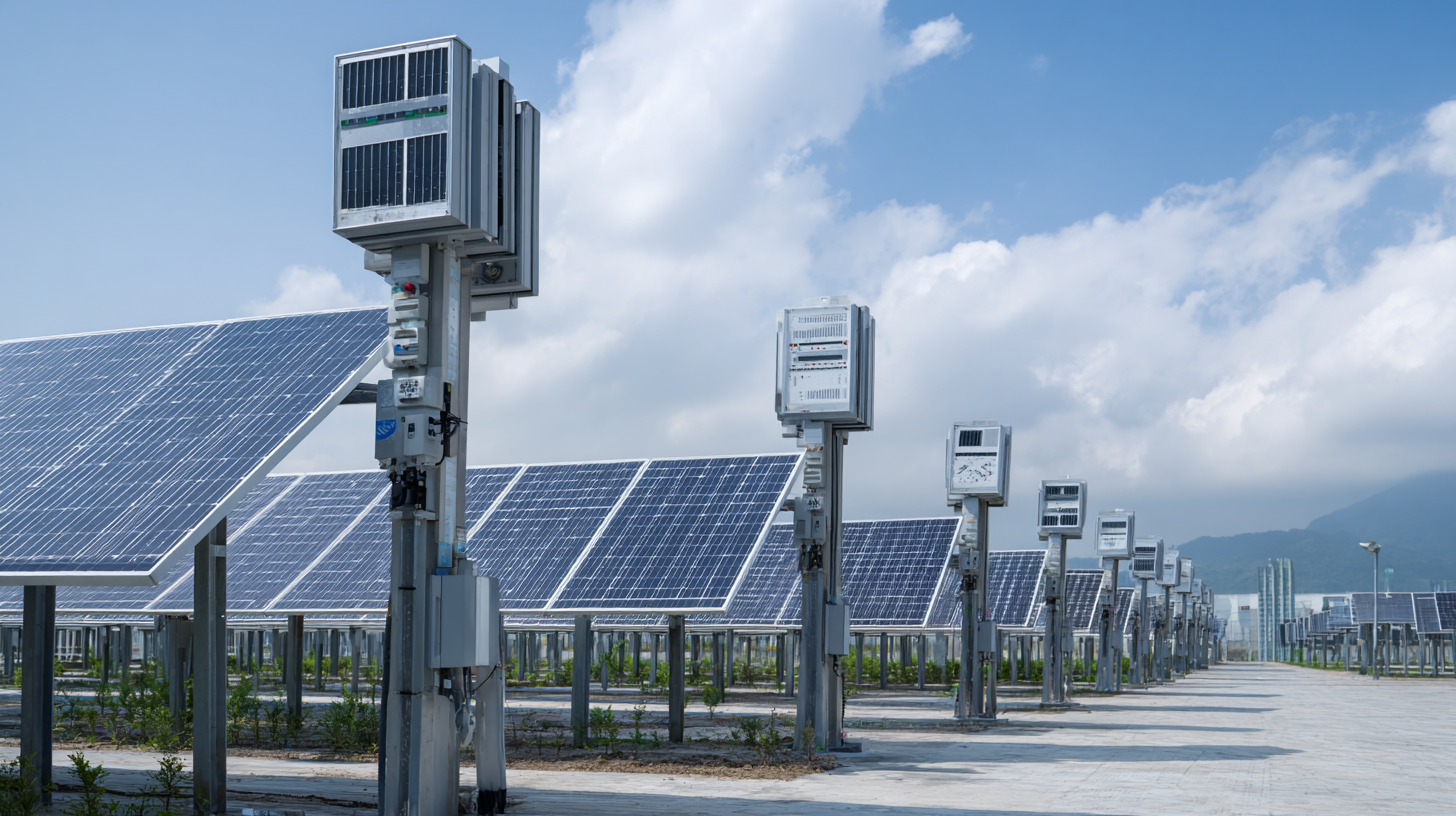
When selecting a solar voltage regulator, understanding efficiency ratings is crucial for optimizing your solar energy system. Efficiency ratings indicate how well a regulator converts and manages energy from the solar panels to the battery storage or load, which ultimately affects the overall performance of your setup. Look for regulators with high efficiency ratings, typically above 90%. This ensures minimal energy loss during the conversion process, allowing you to make the most of the solar energy collected.
To evaluate the best options available, consider both the maximum power point tracking (MPPT) and pulse width modulation (PWM) regulators. MPPT regulators tend to have higher efficiency in varying conditions, capturing more energy when sunlight is weaker, while PWM is generally more cost-effective for smaller systems or in stable conditions. Checking product specifications and user reviews can provide insight into real-world performance, enabling you to choose a regulator that meets your specific energy needs and promotes the longevity of your solar setup.
When it comes to investing in a solar voltage regulator, understanding the balance between cost and performance is crucial. Budgeting for your solar system involves more than just the initial purchase price of the regulator. You should also consider the long-term benefits and potential savings generated by a higher-performing unit. While it might be tempting to opt for the cheapest option available, cutting corners can lead to inefficiencies and increased maintenance costs down the line.
Performance metrics such as efficiency ratings, durability, and compatibility with your existing solar setup should heavily factor into your decision-making process. Investing a bit more upfront in a reliable solar voltage regulator can translate to better energy output, reduced energy waste, and ultimately lower electricity bills. By carefully assessing your specific needs and the associated costs of different models, you can make an informed choice that aligns with both your budget and your performance expectations, ensuring that your solar investment pays off in the long run.
